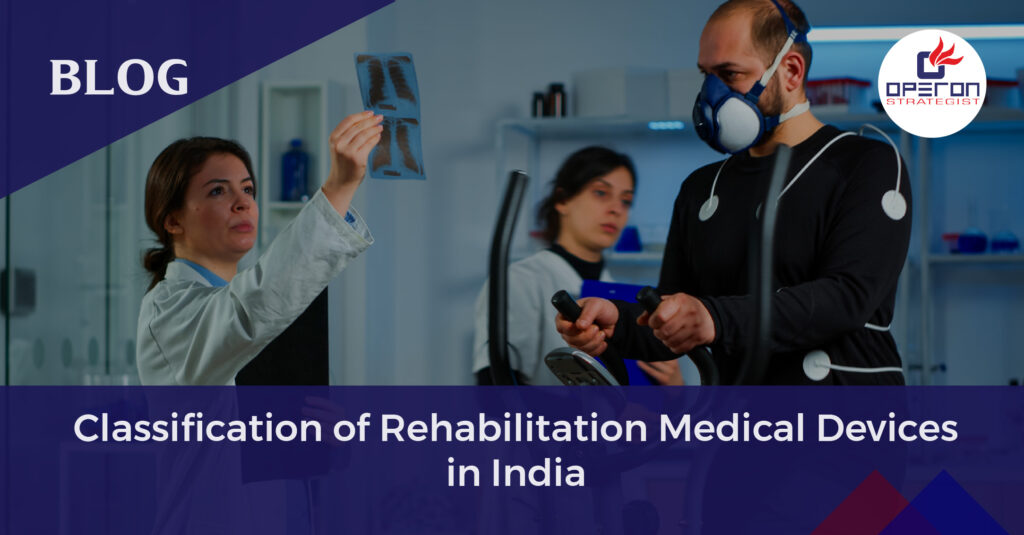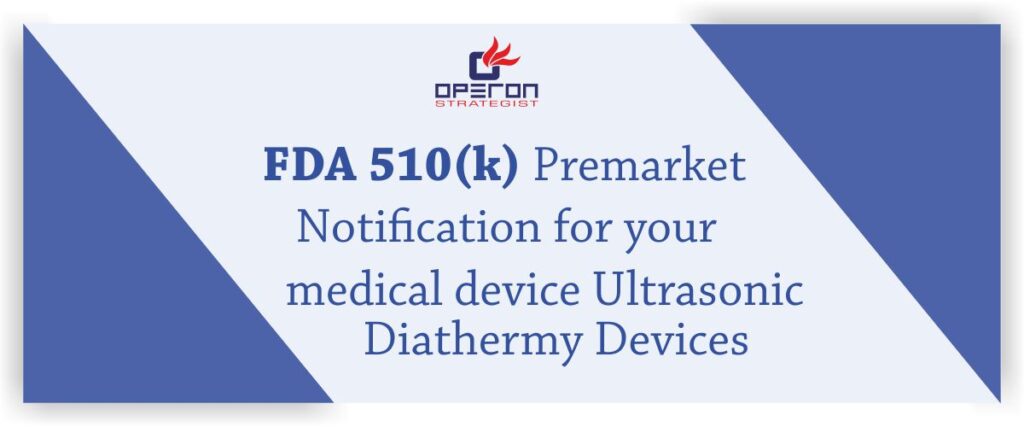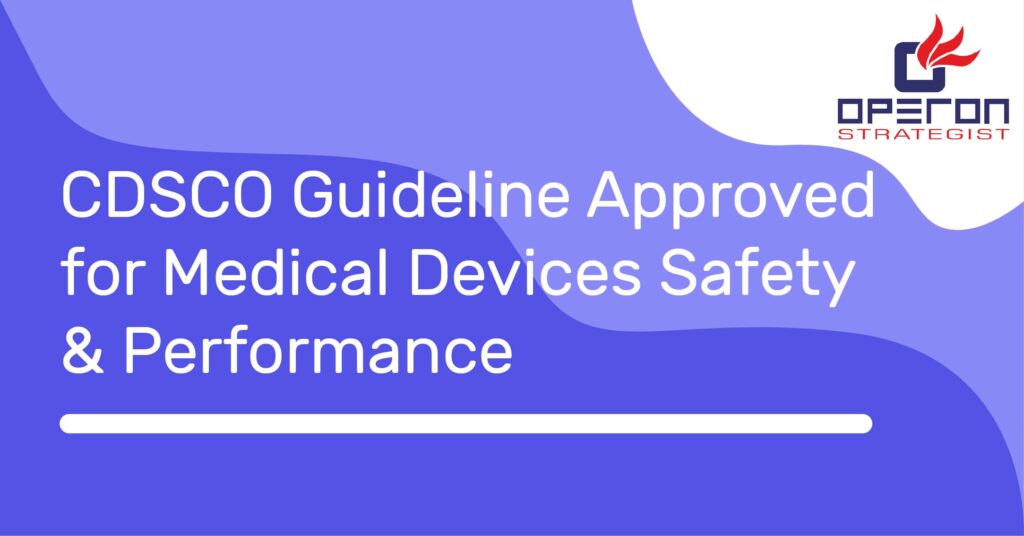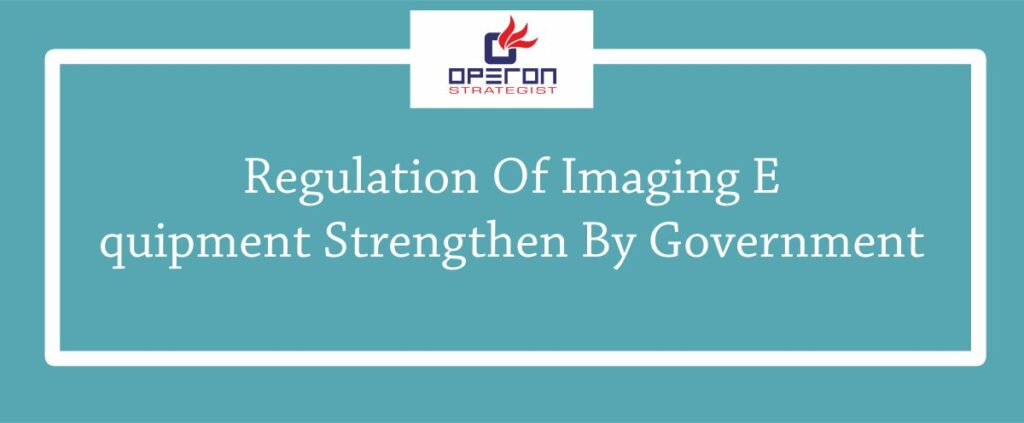What Is Rehabilitation?
Rehabilitation is a comprehensive approach to help individuals recover, adapt, and regain independence after an injury, illness, or disability. It involves a multidisciplinary team of healthcare professionals who provide tailored interventions and therapies to address physical, cognitive, emotional, and social aspects of a person’s well-being. The primary goal of rehabilitation is to optimize functioning, improve quality of life, and enable individuals to participate fully in daily activities and society. Through exercises, therapies, assistive devices, and psychosocial support, rehabilitation empowers individuals to regain skills, manage conditions, and lead fulfilling lives.
Want to Know the Classification Of Your Rehabilitation Medical Devices
Rehabilitation medical devices play a pivotal role in restoring independence and improving the quality of life for individuals with disabilities or those recovering from injuries or surgeries. These innovative devices provide support, assistance, and therapy to help individuals regain mobility, functionality, and confidence.
New Classification of Rehabilitation Medical Devices in India
Under the revised MDR, medical devices are classified into four categories based on their associated risks: Class A, Class B, Class C, and Class D. The classification system considers factors such as intended use, duration of use, invasiveness, and potential harm to patients or users. To know more about classifications read our blog here CDSCO Classifications for Medical Devices
It is important to understand that the classification of rehabilitation medical devices would depend on their specific characteristics, intended use, and risk profile. For example, assistive mobility devices like wheelchairs or walkers may fall under a particular class, while orthotic devices or rehabilitation robotics may be classified differently based on their complexity and level of invasiveness.
To determine the appropriate classification for rehabilitation medical devices, it is advisable to consult the current guidelines and seek guidance from regulatory experts or authorized agents who specialize in medical device regulations in India. They can provide specific insights and assistance in navigating the classification process and ensuring compliance with the relevant regulatory requirements
Factors Associated With the Classification of Medical Devices
As per the sub-rule (3) of rule 4 of Medical Devices Rules, 2017, the DCGI has classified the Medical Devices based on the following factors:
- Intended use
- Risk associated with the device
- Other parameters as per the First Schedule of Drugs and Cosmetics Ace, 1940.
The Importance of Rehabilitation Medical Devices and How They Contribute to the Rehabilitation Process.
- Assistive Mobility Devices: Assistive mobility devices, such as wheelchairs, walkers, and crutches, are fundamental in enabling individuals with mobility challenges to move around independently. These devices are designed for different levels of mobility impairment, providing stability, support, and ease of movement. From manual to motorized options, assistive mobility devices empower individuals to engage in daily activities and participate in social interactions.
- Prosthetics: Prosthetic devices are designed to replace missing body parts, such as limbs or joints. These devices are customized to fit the individual’s unique anatomy, providing functional and cosmetic restoration. Advances in technology have led to the development of sophisticated prosthetics, including robotic limbs controlled by neural signals. Prosthetic devices enable individuals to regain mobility, perform activities, and restore their sense of self.
- Orthotics: Orthotic devices are wearable supports or braces used to correct or stabilize body structures, such as the spine, joints, or limbs. They provide support, alignment, and immobilization, aiding in rehabilitation and preventing further injury. Orthotics can range from simple splints to complex devices used for conditions like scoliosis, foot drop, or carpal tunnel syndrome. By providing stability and promoting proper alignment, orthotic devices assist individuals in regaining functionality and improving their overall well-being.
- Assistive Technology for Communication and Daily Living: Rehabilitation medical devices also encompass a wide range of assistive technologies designed to assist individuals in their daily lives. These devices include communication aids for those with speech impairments, adaptive tools for eating or personal care, and home modifications for accessibility. Assistive technology promotes independence, inclusion, and participation in various activities, allowing individuals to lead fulfilling lives.
- Rehabilitation Robotics: Advancements in robotics have revolutionized the field of rehabilitation. Rehabilitation robotics involves the use of robotic devices to assist with physical therapy and motor function recovery. These devices offer repetitive and controlled movements to improve strength, range of motion, and coordination. Robotic exoskeletons and robotic-assisted therapy systems are examples of rehabilitation robotics that assist individuals in regaining motor skills and achieving optimal recovery.
As far as registration requirements are concerned for such rehabilitative and assistive equipment, they are pretty much like conventional registration requirements for other medical devices. However, additionally, manufacturers who intend to market these devices in the above-mentioned Asian countries need to pay extra attention to the biocompatibility, and physical and mechanical test reports. More so often, these rehabilitative medical devices are active devices. Hence, manufacturers need to ensure electrical safety tests have been conducted, according to the latest local and international standards.
Operon Strategist is a medical device regulatory consulting company that provides regulatory advisory & guidance to various manufacturers in the healthcare industry to ensure the strategic development of these manufacturers. Contact us now to access expert guidance and tailored solutions for seamless compliance. Let’s navigate the complex regulatory landscape together and bring your innovative medical devices to market successfully.
FAQs
What is rehabilitation devices?
Rehabilitative and assistive technology refers to tools, equipment, or products that can help people with disabilities successfully complete activities at school, home, work, and in the community.
Who regulates rehabilitation medical devices?
Rehabilitation medical devices are typically regulated by government regulatory bodies responsible for overseeing healthcare products in each respective country or region. The specific regulatory authorities can vary depending on the jurisdiction. For example, in the United States, the Food and Drug Administration (FDA) regulates medical devices, including those used in rehabilitation. In the European Union, medical devices fall under the oversight of the European Medicines Agency (EMA) and are subject to the Medical Devices Regulation (MDR).
What is the purpose of rehabilitation medical device regulations?
The purpose of rehabilitation medical device regulations is to ensure the safety, performance, and quality of these devices, and to safeguard the well-being of patients, users, and healthcare providers. These regulations aim to minimize risks associated with the use of rehabilitation medical devices by implementing stringent requirements for design, manufacturing, testing, and post-market surveillance. They also facilitate the evaluation and approval process, ensuring that devices are properly assessed for their intended use, efficacy, and safety prior to being marketed or made available to healthcare professionals and patients.





